What were Russian rulers called? (Hint: not only Tsars)
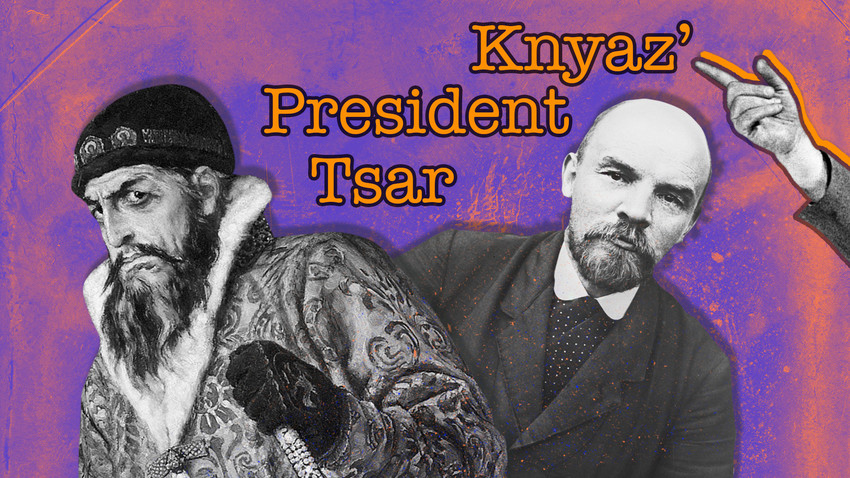
1. Knyaz’
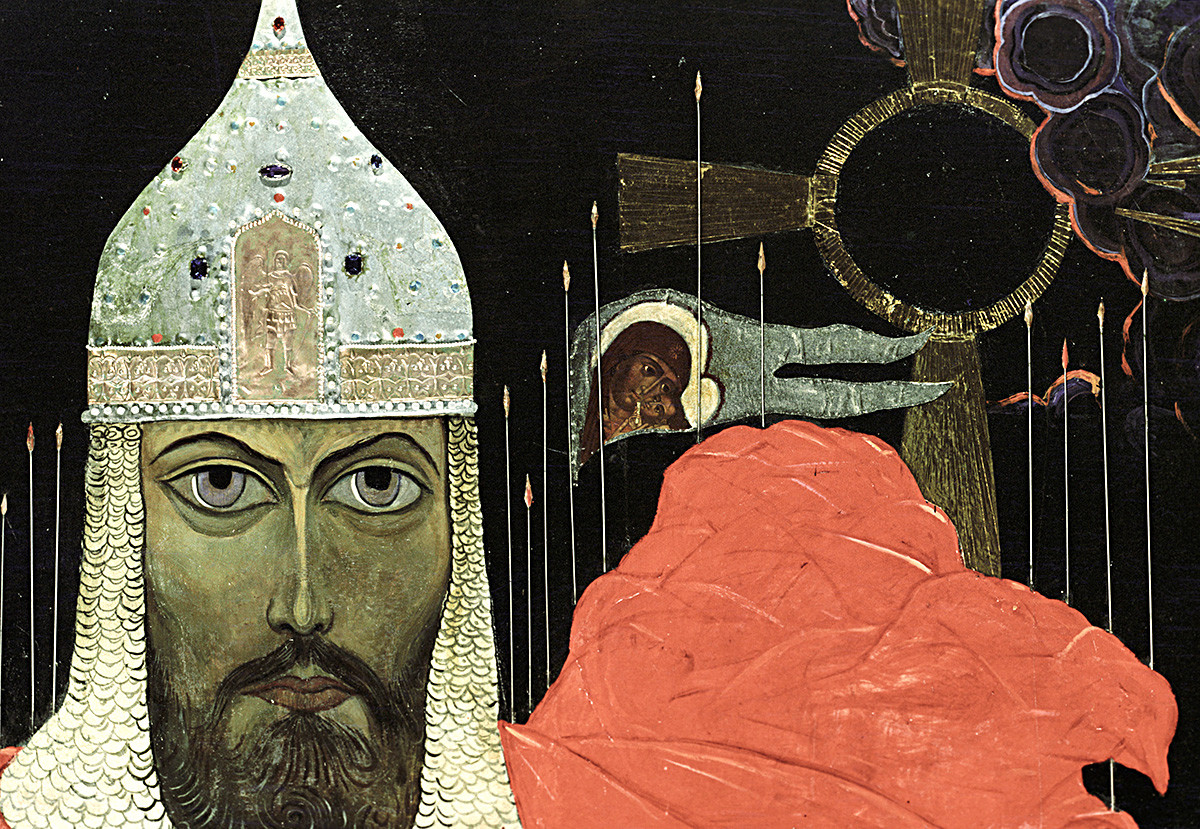
Reproduction of Ilya Glazunov's painting "Prince Igor"
Pavel Balabanov/SputnikRurik was the first knyaz’ (князь, prince) in the lands of Russian people. And although he was, most probably, a Scandinavian king, he founded the Rurik Dynasty that ruled Russia until the end of the 17th century.
Princes, though, weren’t heads of state, because there was no state yet. Each knyaz’ controlled a small territory called an udel – ‘principality’ in Russian. The prince gathered tributes from the local folk and provided protection in return, using his small army called druzhina.
2. Velikiy Knyaz’
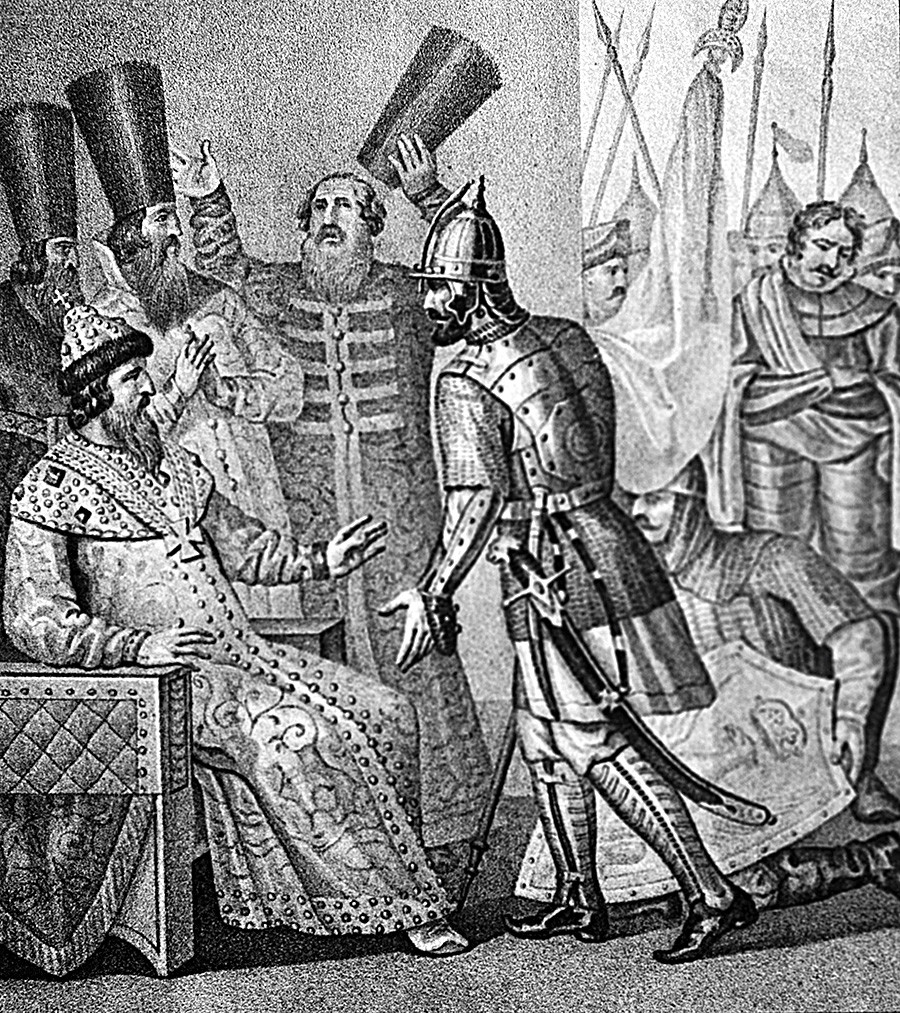
P. Ivanov. Grand Duke Ivan III Receiving News of Lithuania's Defeat on the Vedrosha River in 1500.
SputnikWith time, the number of Rurikid princes grew, and they began warring against each other – although they were often close relatives, power over abundant and fertile Russian lands was more important. Grand Princes were the princes who controlled other princes, who subjugated their forces and people under their ultimate control.
Grand Princes first appeared during the Tatar-Mongol invasion. It was convenient for the Tatars because Grand Princes collected taxes from the less-powerful local princes and saved Tatar revenue officials their precious time. By the 14h century, Grand Princes ruled the Nizhny Novgorod – Suzdal principality, Tver’ principality, and Ryazan’ principality. By the end of the 16th century, there was a single Grand Prince who was more powerful than all the others – the Grand Prince of Moscow.
3. Tsar (1547-1721)
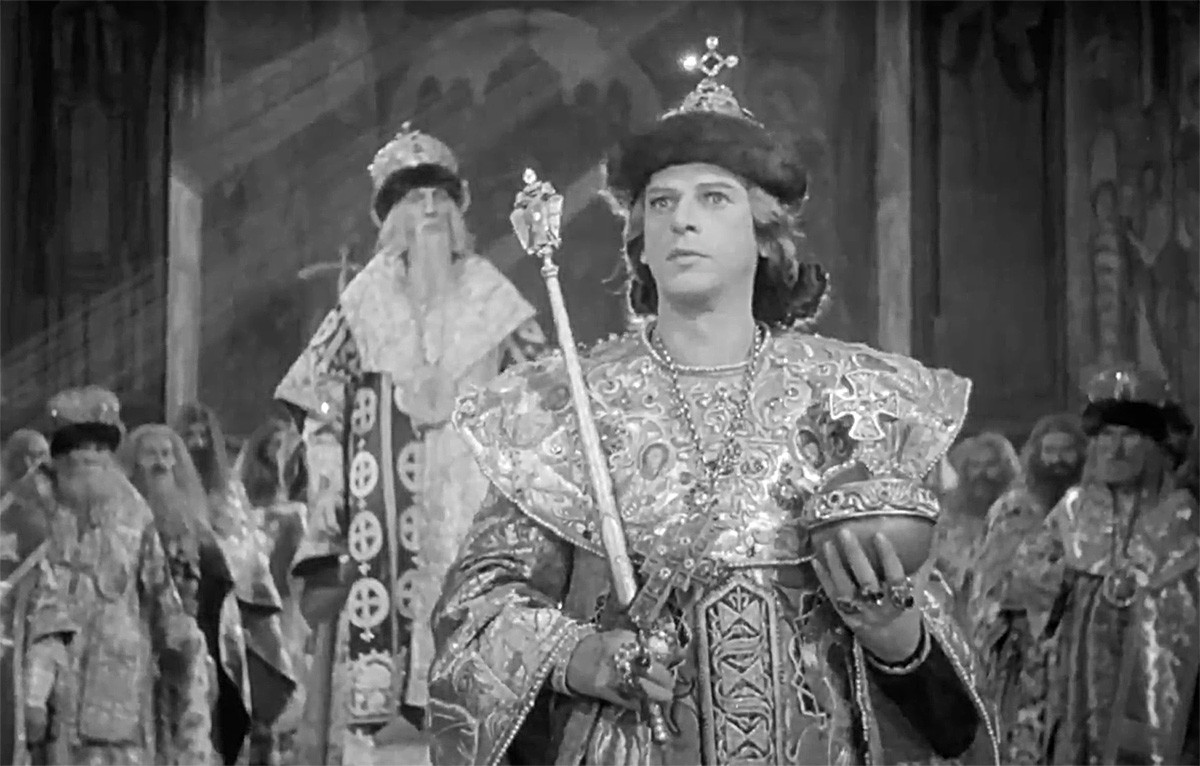
Still from "Ivan the Terrible", directed by Sergei Eisenstein (1944). Nikolay Cherkasov as Ivan IV.
Sergei Eisenstein/Mosfilm, 1944Ivan IV “the Terrible” Vasilyevich (1530-1584) was the first Moscow Grand Prince who officially adopted the title of tsar. Originating probably from the Latin title of Caesar, the title of tsar was nevertheless widely used in the Tatar political culture. It is not clear where from Russians took the title, but in 1547, Ivan the Terrible became the first Russian tsar.
The official title of Ivan IV was “Gosudar’, Tsar and the Grand Prince of All Rus’”, so “Gosudar’” (‘государь’, ‘sovereign lord’, the root word for Russian ‘государство’ - gosudarstvo - ‘state’) also became the word to denote the Tsar.
But the complete official title of the Russian sovereign was, however, much much longer. It contained the names of all the lands, duchies, former khanates, major cities and towns that the tsar controlled, or as they said ‘possessed’. Here is the complete title of Alexey Mikhailovich (1629-1676):
“By the Grace of God, We, The Great Gosudar’, Tsar and Grand Prince Alexey Mikhailovich, Autocrat of all Great and Little and White Russia, Moscow, Kiev, Vladimir, and Novgorod, Tsar of Kazan, Tsar of Astrakhan, Tsar of Siberia, the Gosudar’ of Pskov and Grand Prince of Tver, Ugra, Perm’, Vyatka, Bolgar and others, the Gosudar’ and Grand Prince of Novgorod of the Lower lands, Chernigov, Ryazan’, Rostov, Yaroslavl, Beloozero, Udorsky land, Obdorsk, Kondia and the Master of all the Northern countries, and the Gosudar’ of the Iberia, Kartli, and the Georgian Tsars, of the Circassian and Mountainous Princes, and of many other States and Lands of the East and West, and the North, the Father and the Grandfather, and Heir, and the Gosudar’ and Possessor.”
The title was abolished under Peter the Great and substituted for the title of the Emperor of All Russia.
READ MORE: Why was the Russian Tsar considered an emissary of God
4. Emperor of All Russia (1721-1917)

"Peter the Great" in an Emperor's attire. Portrait by A. Antropov.
Russian MuseumThe Russian Governing Senate, acting as the government, and the Holy Synod, acting on behalf of the Russian Orthodox Church, bestowed the title of the Emperor of All Russia on Tsar Peter after his glorious victory over Sweden in the Northern War (1721). Also, the honorary title “The Great” was added to his name before his death. The title of the Emperor, Senate and Synod said, was bestowed on Peter “as the Roman Senate usually bestowed this title upon the Roman Emperors in honor of their exceptional accomplishments.”
The “...of All Russia” part was inherited from the previous title. Even after the title of the Emperor was introduced, the word ”tsar” continued being used.
The complete title of Nicholas II shows how much bigger Russia had become since the 17th century (in this translation, “gosudar’” is translated as “Lord”:
“By the Grace of God, We, Nicholas II, Emperor and Autocrat of All the Russias, Moscow, Kiev, Vladimir, Novgorod; Tsar of Kazan, Tsar of Astrakhan, Tsar of Poland, Tsar of Siberia, Tsar of Chersonese Taurian, Tsar of Georgia; Lord of Pskov and Grand Prince of Smolensk, Lithuania, Volhynia, Podolia, Finland; Prince of Estland, Livland, Courland, Semigalia, Samogitia, Belostok, Karelia, Tver, Yugorsky land, Perm, Vyatka, Bolgar and others; Lord and Grand Prince of Nizhny Novgorod, Chernigov, Ryazan, Polotsk, Rostov, Yaroslavl, Belozersk, Udorsky land, Obdorsk, Kondia, Vitebsk, Mstislav, and all of the northern countries Master; and Lord of Iberia, Kartli, and Kabardia lands and Armenian provinces; hereditary Sovereign and ruler of the Circassian and Mountainous Princes and of others; Lord of Turkestan; Heir of Norway; Duke of Schleswig-Holstein, Stormarn, Dithmarschen, and Oldenburg, and others, and others, and others.”
5. Minister-Chairman of the Provisional Government of the Russian Republic (1917)
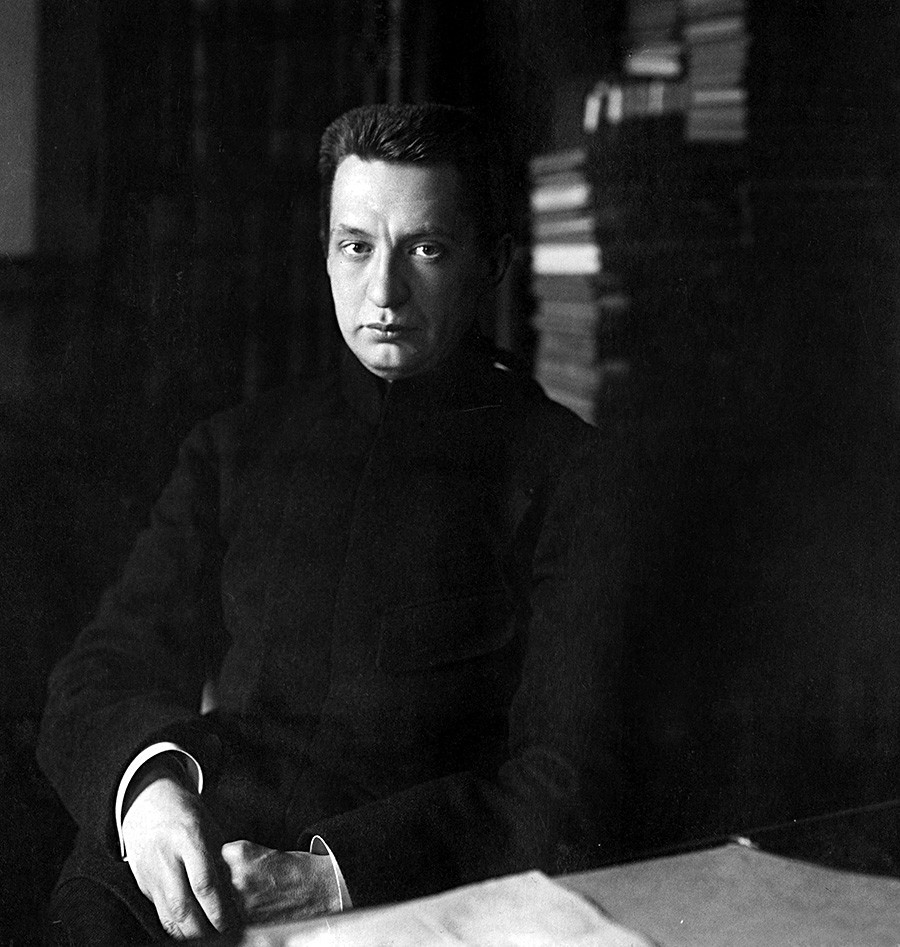
Alexander Kerensky
Getty ImagesThe title of the “Emperor of All Russia'' existed until the abdication of Nicholas II on March 2, 1917. After that, there was a short period of uncertainty about who actually was the head of executive power in Russia.
It soon became clear that the leader was the head of the Provisional Government of the short-lived Russian Republic, that replaced the Russian Empire and was formally established on September 1, 1917.
Only two people took up this post during the short period between Nicholas’s abdication and the October Revolution: Prince Georgy L’vov (1861-1925), a born Rurikid, and after him, Alexander Kerensky (1881-1970).
6. Chairman of the Council of People's Commissars of the Russian Soviet Federative Socialist Republic (1917–1922)
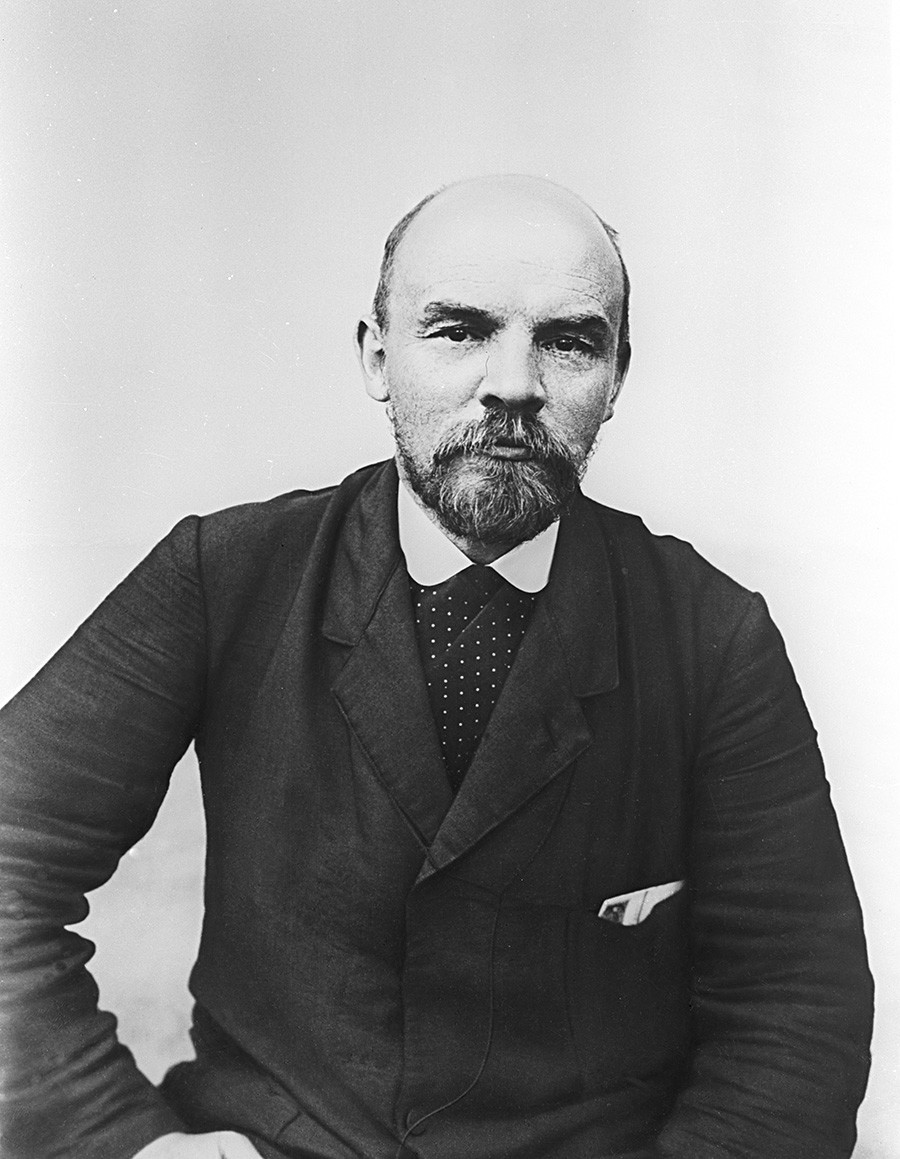
Vladimir Lenin
Boris Vigili/SputnikThe Council of People's Commissars was the government of the Russian Soviet Federative Socialist Republic that replaced the Russian Republic on November 7, 1917. Its supreme governing body was The All-Russian Congress of Soviets.
Soviets (‘Councils of Workmen's and Soldiers' Deputies’) were primary political organizations in Russian society. Village and factory soviets, district, county, and regional soviets, each had their executive soviet. Above them stood the All-Russian Congress of Soviets which appointed the All-Russian Central Executive Committee of not more than 200 members, which in turn chose the Council of People's Commissars, the government.
Its first Chairman (Premier) was Vladimir Lenin (1870-1924). Later, Alexey Rykov (1881-1938) and Vyacheslav Molotov (1890-1986) took up this post, before Joseph Stalin (1878-1953) renamed the position to the Chairman of the Council of Ministers of the Soviet Union in 1946. But, after 1923, in reality, the highest post in the hierarchy was the one which controlled the Communist Party of the Soviet Union.
7. General Secretary of the Communist Party of the Soviet Union (1923-1991)

Iosif Stalin at a ceremonial meeting dedicated to the opening of the Moscow metro
SputnikAfter several years of underground political intrigues, repressions, and overall power struggle, Iosif Stalin managed to maintain a steady grip over the political situation in the USSR, eliminate or remove his opponents and install a strict totalitarian regime.
Since formally and ideologically, all decisions in the state were taken by its people, represented by a single Communist Party, then the Party’s General Secretary was the main person who brought the people’s decisions to life.
READ MORE: 3 things Stalin feared most
Stalin had occupied this post since 1922. In the beginning, during the last years of Lenin’s life, this position was only responsible for controlling the Communist Party’s bureaucratic machine. Stalin took advantage of this feature. By the end of his life in 1953, the General Secretary was, in fact, the USSR’s sovereign. The position was abolished in 1991 along with the Communist Party of the Soviet Union.
8. President of the USSR
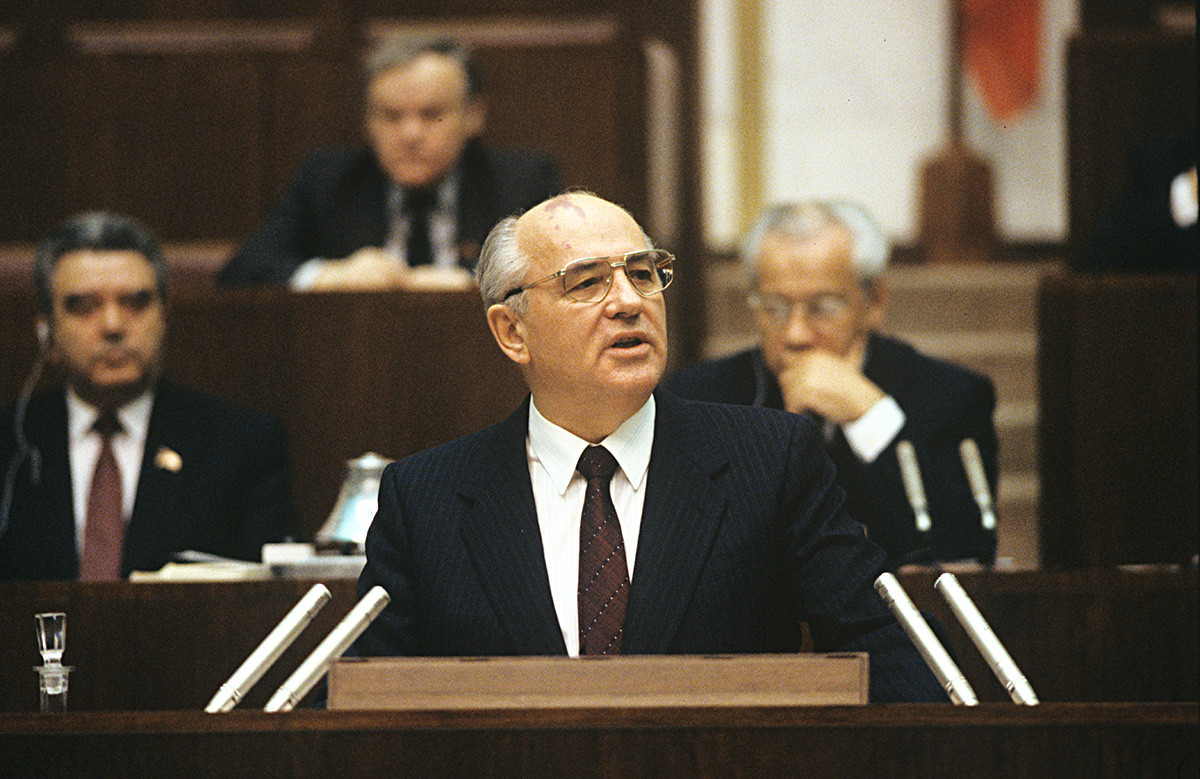
Mikhail Gorbachev during the USSR Supreme Soviet's session.
Vitaliy Saveliev/SputnikAlthough formally, the highest position in the civil service of the USSR was the Chairman of the Supreme Soviet of the Soviet Union (the Supreme Soviet replaced the All-Russian Congress of Soviets in 1938), on March 15, 1990, the Constitution of the USSR was amended to include the post of the President of the USSR. Mikhail Gorbachev (b. 1931) was the first and the last person in this office. The position was abolished on December 25th, 1991 with the resignation of Gorbachev and the dissolution of the Soviet Union.
9. President of the Russian Federation
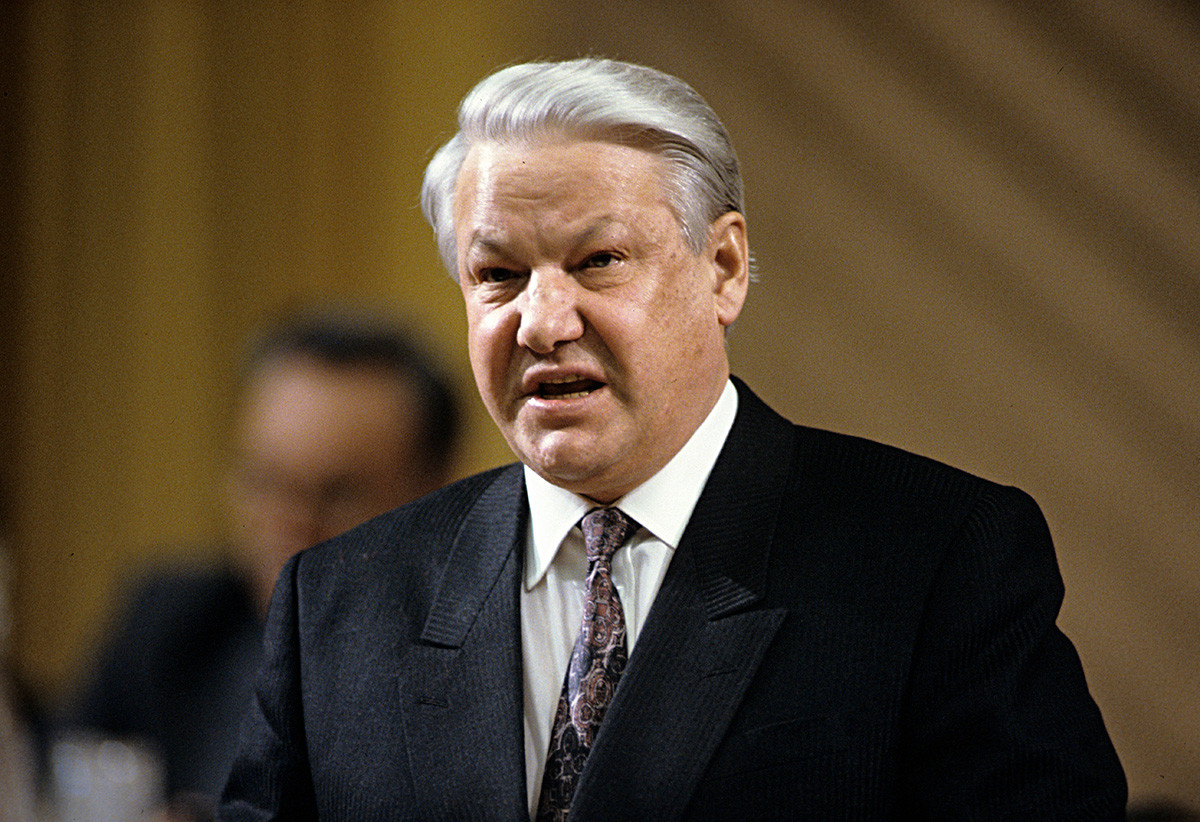
President Boris Yeltsin speaking at the All-Army Officers' Assembly, 1992
Alexander Makarov/SputnikOn December 26th, 1991, the Russian Federation was established, with Boris Yeltsin (1931-2007) as its first President.
The President of the Russian Federation is the head of state, head of the government of the Russian Federation, the Commander-in-chief of the Russian Armed Forces. He holds the highest civil and military office in Russia at once, and in this respect, can be likened to the Russian tsars who were the only persons in the country existing both as military and civil officers. This is the only position in the state that is chosen by national elections.
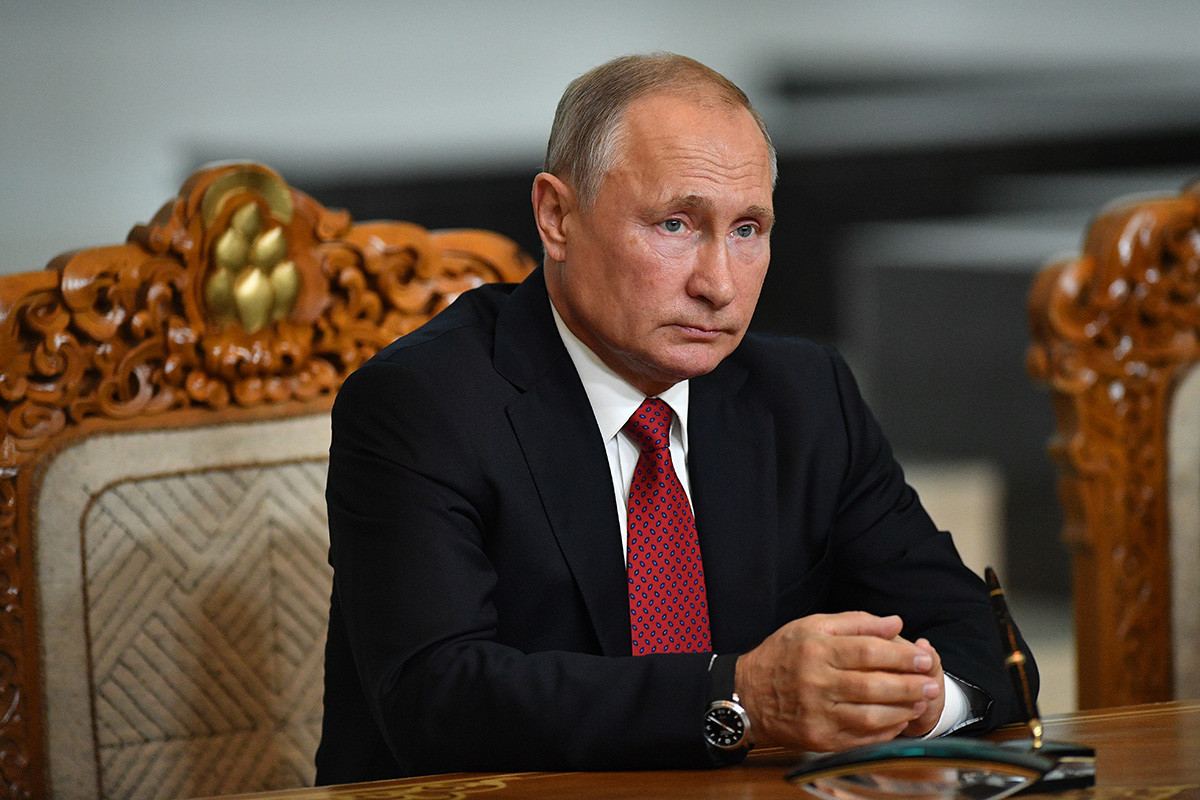
Vladimir Putin, 2019
Maxim Blinov/SputnikHowever, according to the currently active 1993 Russian Constitution, the president of Russia is not a part of the Government of Russia, and thus is not part of the executive power, although the president is its head. The president’s orders are compulsory. The president can cancel any orders of the government. The president also possesses special presidential immunity, and the person in this office (as well as his/her family) is obliged to live under constant 24-hour personal surveillance and security. Vladimir Putin (b. 1952) is the current President of the Russian Federation.
If using any of Russia Beyond's content, partly or in full, always provide an active hyperlink to the original material.
Subscribe
to our newsletter!
Get the week's best stories straight to your inbox